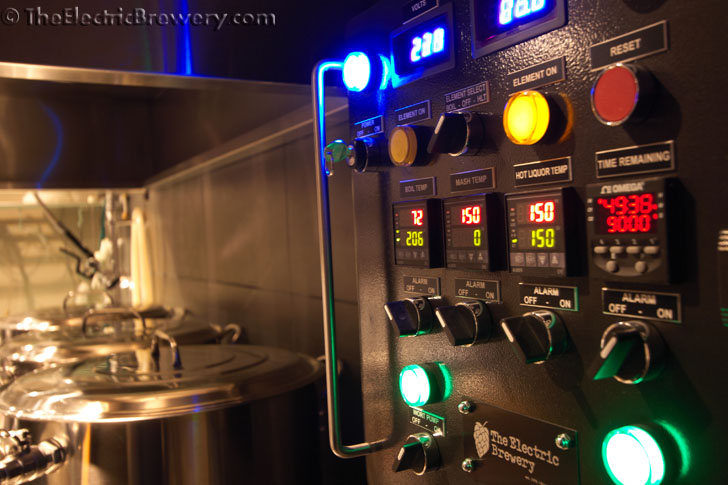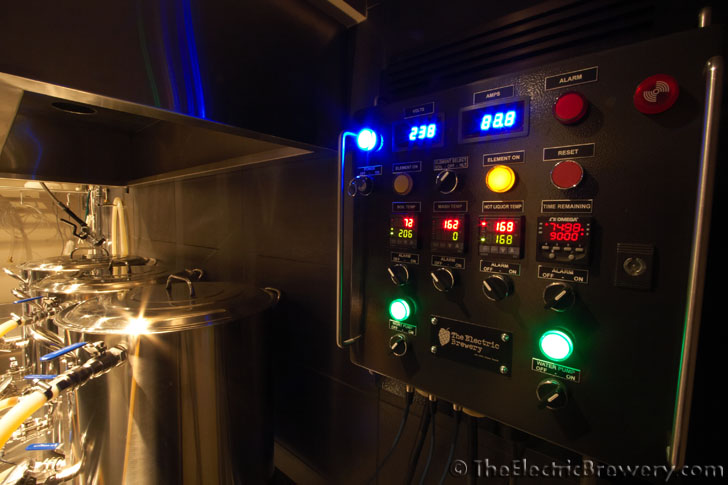FWIW I do it the "simple" way: I just set my HLT to the temp I want to the mash to be at and it follows automatically:
In the picture above the mash temp is the middle PID and the HLT temp is the right PID. Both are at 150F (mash temp).
After mash, the HLT temperature is raised from 150F to 168F to perform a mashout. The mash will automatically rise in temperature:
In the picture above the mash temp is at 162F and the HLT temp is at 168F. This picture is 15 minutes into this mash-out, the HLT has already reached and is holding at 168F, and the mash has gone from 150F to 162F. After anothre 5 mins or so it hits 168F as well.
(Pictures taken from my
Step by step of my brewday: Doing a massive hop stand thread).
I have more pictures and videos of the entire process in my
Brew Day Step by Step article that show how the mash follows the HLT through the various steps if you're curious.
Kal



















![Craft A Brew - Safale S-04 Dry Yeast - Fermentis - English Ale Dry Yeast - For English and American Ales and Hard Apple Ciders - Ingredients for Home Brewing - Beer Making Supplies - [1 Pack]](https://m.media-amazon.com/images/I/41fVGNh6JfL._SL500_.jpg)







































